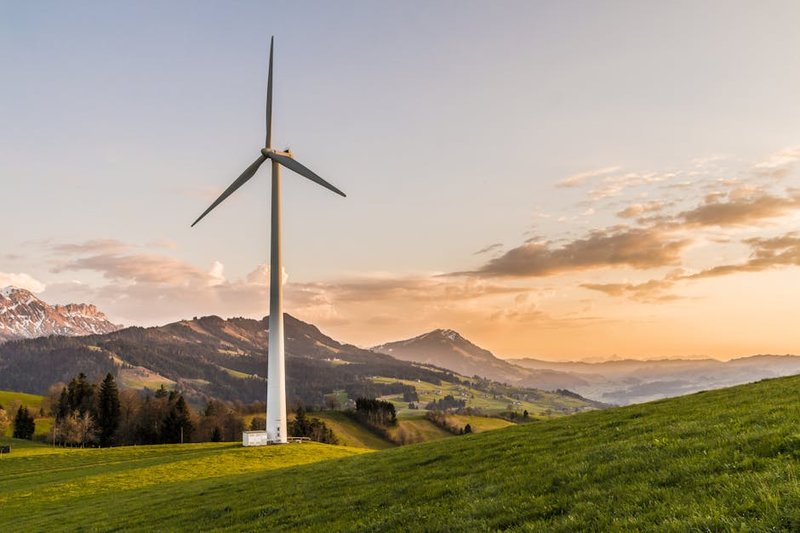In the bustling conference room of a San Francisco tech hub, two industry veterans face off in what has become an increasingly common debate. On one side sits Marina Chen, sustainability officer at a major hardware manufacturer. Opposite her is Darius Washington, chief innovation officer at a leading software company. Between them lies the contentious question of our era: when should technology be sunset, and who benefits when it is?
“Let’s be clear about what we’re discussing,” Marina begins, straightening her recycled-material blazer. “Windows 10 reaches end-of-support in October 2025. That’s millions of devices suddenly vulnerable, millions of users pushed toward upgrades. This isn’t just a Microsoft issue—it’s industry standard practice.”
Darius nods, though his expression suggests partial agreement. “Sunsetting older technology drives innovation forward. Without clear end-dates, developers would be trapped supporting legacy systems indefinitely, diverting resources from advancement.”
The Hardware Reality
“That’s the software perspective,” Marina counters. “But let’s talk hardware. The average laptop manufactured in 2020 is perfectly capable of running most applications. The processor, memory, and storage components remain functional. Yet we’re seeing a massive push toward replacement, driven by software obsolescence.”
Darius leans forward. “Functional isn’t the same as optimal. Hardware from 2020 isn’t designed for AI workloads or advanced security protocols. There’s a material difference in capability.”
“But is that difference necessary for most users?” Marina asks. “Or is it manufactured necessity?”
The exchange highlights the first major tension in tech sunsetting: the disconnect between hardware lifespans and software support cycles. While physical components might remain functional for 7-10 years, software support typically ends at 5 years.

Hardware – The Environmental Cost
Marina gestures to the sustainability report on the table. “Each new laptop generates approximately 331 kilograms of CO2 during manufacturing. E-waste is growing faster than any other waste stream globally. The environmental impact of premature hardware replacement is staggering.”
“Which is why remanufacturing exists,” Darius counters. “Companies like Circular Computing are creating viable alternatives. The market is responding to sustainability concerns.”
“Remanufacturing captures only a tiny percentage of discarded devices,” Marina replies. “Most end up in landfills or in informal recycling operations with terrible environmental and human health impacts.”
The data supports both positions. While e-waste continues to grow at alarming rates, reaching 57.4 million metric tons globally in 2024, circular economy initiatives are expanding. Remanufactured devices now represent nearly 8% of enterprise hardware purchases, up from 3% in 2021.
Hardware – Security vs. Accessibility
“We can’t ignore security,” Darius says firmly. “Unpatched systems are vulnerable systems. Supporting Windows 10 indefinitely would mean maintaining security for an operating system with increasingly outdated architecture. The cost becomes prohibitive.”
Marina nods, acknowledging the point. “Security is legitimate. But we need to distinguish between security requirements and feature obsolescence. Many systems are sunset not because they can’t be secured, but because the business model demands continuous purchases.”
“Fair distinction,” Darius concedes. “But there’s also the matter of hardware-dependent security features. TPM 2.0, secure boot requirements—these aren’t arbitrary. They represent material improvements in security architecture.”
Their exchange highlights the legitimate tension between security needs and accessibility. When Windows 11 was announced with TPM 2.0 requirements, it effectively obsoleted millions of otherwise functional devices. While security experts largely supported the requirements, it accelerated hardware replacement cycles.
The Business Model Question
“Let’s address the elephant in the room,” Marina says. “Planned obsolescence is profitable. The business model of most technology companies relies on regular replacement cycles.”
Darius shakes his head. “That’s oversimplified. The subscription model has changed the equation. Microsoft makes more from continuous Office 365 subscriptions than from one-time Windows licenses. The incentive structure has shifted toward keeping users on the platform, not forcing hardware upgrades.”
“Yet the effect remains the same,” Marina insists. “Windows 11 requires hardware that Windows 10 doesn’t. Office 365 increasingly relies on features that older hardware struggles with. The push function remains, even if the pull incentive has changed.”
The business reality is complex. While technology companies have indeed shifted toward service-based revenue models, hardware sales remain crucial. Apple generates over 50% of its revenue from iPhone sales, and PC manufacturers like Dell and Lenovo rely heavily on regular refresh cycles.
The Innovation Paradox
“Innovation requires movement forward,” Darius argues. “If we never sunset technologies, we create massive technical debt. Developers spend all their time supporting legacy systems rather than building new capabilities.”
“I’m not advocating for never sunsetting,” Marina clarifies. “I’m advocating for sunsetting based on genuine technical necessity rather than business convenience. Extending Windows 10 support by three years would allow organizations to plan transitions more thoughtfully.”
This exchange touches on what might be called the innovation paradox. Innovation requires both forward movement and stability. Move too quickly, and you create adoption barriers and waste. Move too slowly, and technical debt accumulates, eventually creating security risks and limiting future options.
A Third Perspective Emerges
As Marina and Darius debate, a third voice enters the conversation. Maya Rodriguez, representing a consortium of educational institutions, offers another perspective.
“You’re both speaking from positions of relative privilege,” Maya points out. “For schools in underserved communities, the five-year refresh cycle is financially impossible. When software support ends for still-functional hardware, it’s not just an inconvenience—it widens the digital divide.”
Maya’s intervention highlights an often-overlooked dimension of technology sunsetting: its uneven impact across socioeconomic lines. While businesses may absorb the cost of regular upgrades, public institutions and economically disadvantaged communities face harder choices.
The Path Forward
As the conversation continues, areas of potential agreement emerge. All three participants acknowledge the need for:
-
Longer Support Cycles: Extended security support for legacy systems, potentially through paid options for organizations that need more transition time.
-
Transparent Roadmaps: Clearer communication about end-of-support dates, with longer lead times for planning.
-
Hardware-Software Alignment: Better coordination between hardware lifespans and software support timeframes.
-
Expanded Remanufacturing: Greater investment in certified refurbishment programs that extend hardware life while maintaining security.
-
Tiered Support Options: Differentiated support models that allow security updates to continue even as feature development moves to newer platforms.

“The market is already moving in some of these directions,” Darius notes. “Microsoft now offers Extended Security Updates for Windows 10, though at a cost that increases yearly. Apple supports iPhone models for 6-7 years, up from 4-5 previously.”
“True,” Marina acknowledges, “but these are reactions to criticism, not fundamental business model shifts. We need to design for longevity from the start.”
Maya adds a final point: “And we need to consider different support models for different contexts. Commercial enterprises, educational institutions, and individual consumers have different needs and constraints.”
The debate between innovation push and sustainability pull remains unresolved, but the conversation reveals the complexity beneath seemingly simple decisions about when to sunset technologies. As Windows 10 approaches its end-of-support date in October 2025, organizations face difficult decisions that balance security, capability, cost, and environmental impact.
What’s clear from the exchange is that there are no simple answers—only trade-offs to be managed thoughtfully. The future likely involves more nuanced approaches to technology lifecycles, with extended support options, stronger remanufacturing ecosystems, and clearer distinctions between security support and feature development.
For users facing the 2025 deadline, the message is mixed: consider the genuine requirements of your use case, explore remanufacturing options when possible, and push for the support models that best align with your organization’s needs and values. The sunset is coming—but how we navigate the transition remains very much in our hands.



